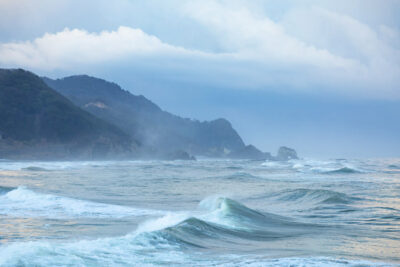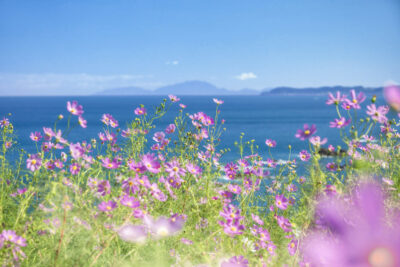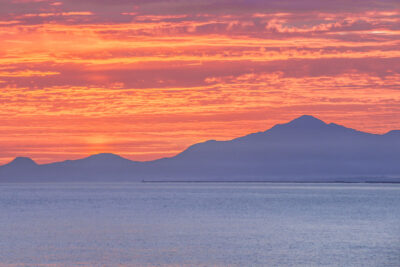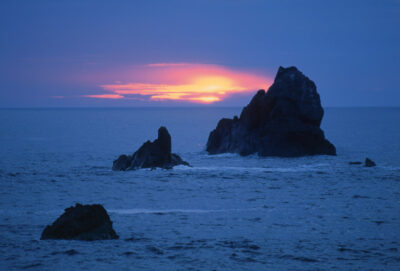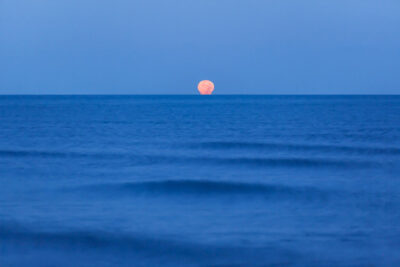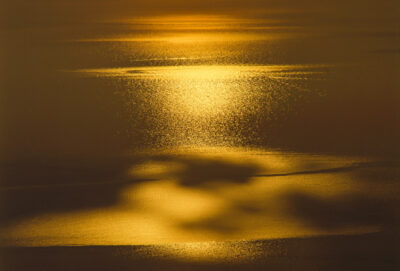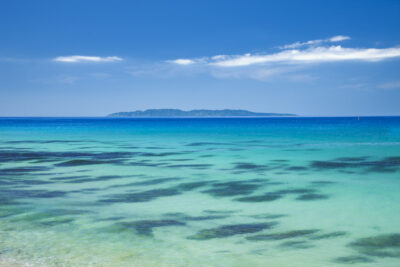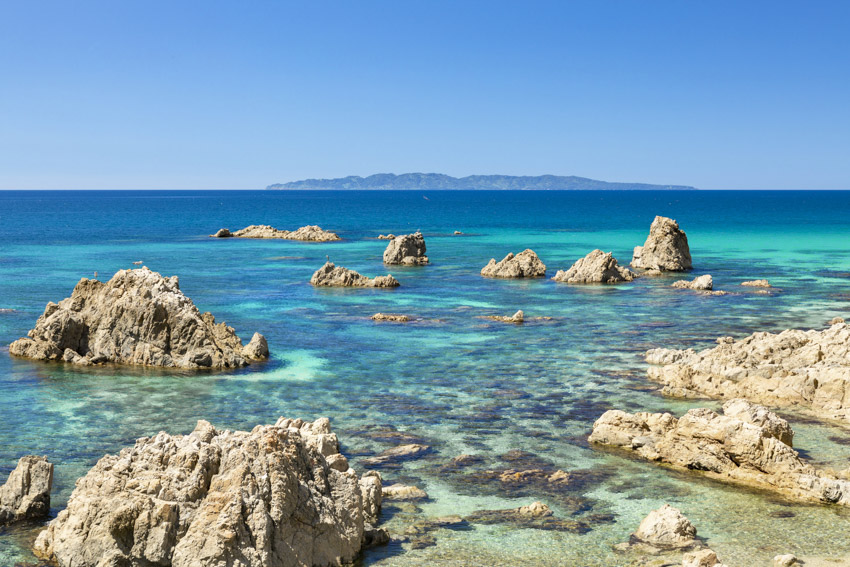
笹川流れで観光を考える
風景はもともと観光客のために用意されたものではありません。地域で暮らす人々が日々の営みを積み重ねた結果として生まれた景色が、他の地域の人々の目に魅力的に映り、それがやがて地域の仕事の一つとなったことで観光業が生まれました。観光の起源は、寺院や伊勢神宮への団体参拝などの信仰団体による旅行にさかのぼるといわれますが、その源流には江戸時代のお伊勢参りなどがあったのでしょう。
やがて大量輸送手段が発達し、昭和30年代には自動車も普及し始め、個人でも気軽にどこへでも行ける時代となりました。写真術が発明されて180年余り、絵葉書の普及も旅の楽しみを後押ししたことでしょう。
人は自分とは異なるものに新鮮さや魅力を感じます。ひとりひとりの力は小さいものですが、長い時間をかけて地域ごとの特色がゆっくりと育まれていきます。人々が思い描く理想や価値観が集まり、その土地ならではの風景が形作られるのです。そのため、地域の歴史や宝物がどのように暮らしに影響を与え続けているのかを確かめながら、一歩一歩進むことが大切です。
しかし、そうした地域の個性を暮らしに生かすことなく、ただ他の地域に行って違いを消費するだけになってしまえば、観光は単なる見せ物小屋と化してしまいます。今や全国どこに行っても似たようなお土産やバイパス沿いの大型店舗、マンションや住宅といった建築物が並び、中心市街地や駅前商店街のシャッター通りまで似通ってしまいました。高度経済成長期に重機を使って全国一律の開発が進められた結果、地域の個性が見えにくくなってしまったのです。
どこへ行っても似たような風景になったのは、ゆっくりと時間をかけて発酵する「地域の時間」が大切にされなくなったからでしょう。スーパーで買う漬物も、工場で加熱・味付け・着色されて大量生産されていますし、ネットでは誰もがどこでも同じものを手に入れられる時代です。
幸い、自然の風景は時代が変わっても大きく変わることはありません。いまは自然保護や地域の景観を大切にする時代となり、佐渡金山も世界遺産に登録され、勝手な開発ができなくなりました。こうした意識が一般の人々にも少しずつ浸透していけば、50年後の日本は大きく変わっているかもしれません。発酵するまで待てない現代だからこそ、時間をかけてじっくりと考え、行動していきたいものです。
Landscapes were not originally created for tourists. The scenery that emerged as a result of the daily lives of local residents came to be seen as attractive by people from other regions, and this eventually became one of the region’s industries, giving rise to the tourism industry. The origins of tourism are said to date back to religious group trips such as pilgrimages to temples and the Ise Shrine, but its roots can be traced back to the Edo period’s pilgrimages to Ise.
As mass transportation developed and automobiles began to spread in the 1950s, people could easily travel anywhere on their own. The invention of photography over 180 years ago and the popularity of postcards likely also contributed to the enjoyment of travel.
People are drawn to things that are different from themselves. Though the power of each individual is small, over time, the unique characteristics of each region slowly develop. The ideals and values that people envision come together to shape the landscape of that land. Therefore, it is important to take one step at a time, confirming how the history and treasures of a region continue to influence daily life.
However, if we fail to incorporate the uniqueness of a region into our daily lives and instead merely visit other regions to consume their differences, tourism risks becoming nothing more than a mere spectacle. Today, no matter where you go in Japan, you find similar souvenirs, large stores along highways, and buildings like apartments and houses. Even the shuttered streets of downtown areas and station-front shopping districts have become indistinguishable. This is the result of the uniform development carried out nationwide during the high-growth era using heavy machinery, which has obscured the uniqueness of each region.
The reason why landscapes have become so similar everywhere is likely because the “regional time” that slowly ferments over time is no longer valued. Pickles bought at supermarkets are mass-produced in factories through heating, flavoring, and coloring, and in the internet age, anyone can obtain the same products anywhere.
Fortunately, natural landscapes do not change drastically with the times. Now, we live in an era where natural conservation and regional landscapes are valued, and Sado Gold Mine has been registered as a World Heritage Site, making arbitrary development impossible. If such awareness gradually permeates the general public, Japan may look very different in 50 years. In this modern age where we cannot wait for things to ferment, it is important to take the time to think carefully and act thoughtfully.
EOS5DMarkⅣ+47mm 1/25秒 f:10
©️photo by Nakamura Osamu
